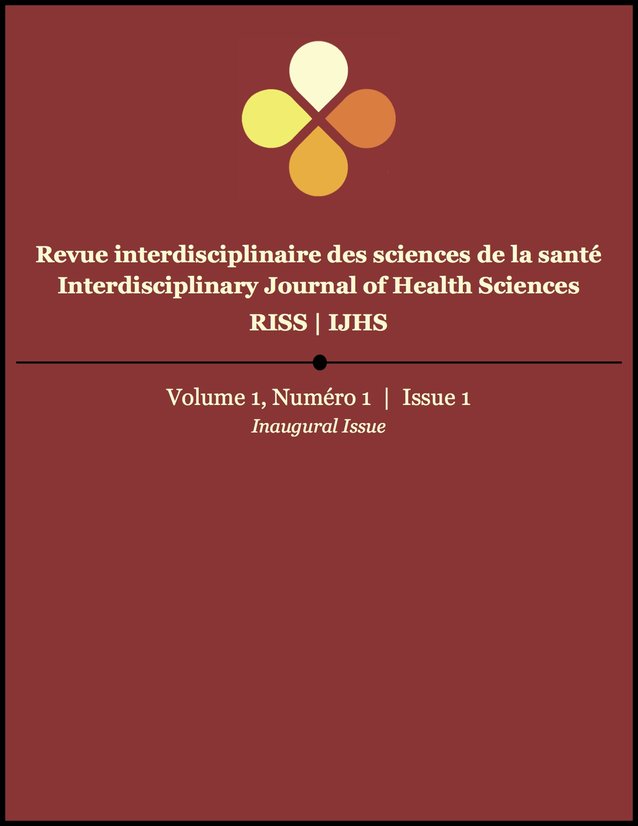Discussion of Bisphenol A as an Environmental Endocrine Disruptor: The Low Dose Effect and Governmental Regulations Concerning its Use and Disposal: A Literature Review
DOI:
https://doi.org/10.18192/riss-ijhs.v1i1.1535Keywords:
Endocrine disruption, male infertility, low dose effectAbstract
The disruptive and potentially harmful effects of naturally occurring and man- made endocrine disrupting compounds found in the environment are a topic of considerable debate within government, industry and the general public. Bisphenol A (BPA) is of particular concern due to its incorporation in many consumer products and its potential for leeching. Scientific study continues with attempts to identify and quantify risk associated with this chemical, in order to support industry and regulatory actions. The issue of greatest concern with regards to BPA is the effects of routine exposure to very low concentration of the chemical. The effects of this phenomenon, called Low Dose Effects, raise a great deal of controversy as it is difficult to accurately assess the health outcomes from these exposures. This paper gives a basic understanding of what constitutes Low Dose effects and also examines several studies conducted to determine the health outcomes as a result of exposure to low dose BPA.
Regulatory activities seek to mitigate risk through enactment of legislation to control the use of and exposure to these compounds. As a result the regulatory agencies in Canada and the U.S. have banned the sale of certain consumer products containing BPA and have imposed strict limits on concentration in industrial effluents and waste water drainage. This paper outlines the conditions and limits put in place by both the Canadian and U.S. government regarding the presence of BPA in effluents and consumer products.
References
Cagen, S. Z., Waechter, J. M.,Jr, Dimond, S. S., Breslin, W. J., Butala, J. H., Jekat, F. W., ...Harris, L. R. (1999b). Normal reproductive organ development in wistar rats exposed to bisphenol A in the drinking water. Regulatory Toxicology and Pharmacology, 30(2 Pt 1), 130-139. doi: 10.1006/rtph.1999.1340
Environment Canada. (2009). Canadian environmental protection act: Environmental registry: Consultation document bisphenol A. Retrieved December 1, 2009, from http://www.ec.gc.ca/ceparegistry/documents/ participation/pba/p5.cfm
Hashimoto, S., Okada, K., & Imaoka, S. (2008). Interaction between bisphenol derivatives and protein disulphide isomerase (PDI) and inhibition of PDI functions: Requirement of chemical structure for binding to PDI. Journal of Biochemistry, 144(3), 335-342 . doi: 10.1093/jb/mvn075
Health Canada. (2003a). Advisory on diethylstilbestrol (DES) and the risk of genital and obstetrical complications. Retrieved December 1, 2009, from http://www.hc-sc.gc.ca/dhp-mps/medeff/advisories-avis/prof/_2003/des_hpc-cps-eng.php
Health Canada. (2003b). Part II canada gazette - food and drug regulations: Project number 1227 (prohibition of certain veterinary drugs). Retrieved December 1, 2009, from http://www.hc-sc.gc.ca/dhp-mps/vet/legislation/acts-lois/cg-gc_part2-eng.php
Downloads
Published
Issue
Section
License
- All authors published in the IJHS will retain copyright of their article.
- Authors grant the IJHS the right of first publication of their submitted articles.
- All articles published in the IJHS are licensed under a Creative Commons Attribution License that allows others to share articles if original authors and journal of initial publication are acknowledged.
- The IJHS is published online and in print, therefore the journal is not responsible for any unauthorized misuse of published content in either electronic or print form
- The IJHS retains the serial distribution rights to all contents
- It is the responsibility of the authors and not the IJHS to ensure proper permissions for all cited work have been obtained


